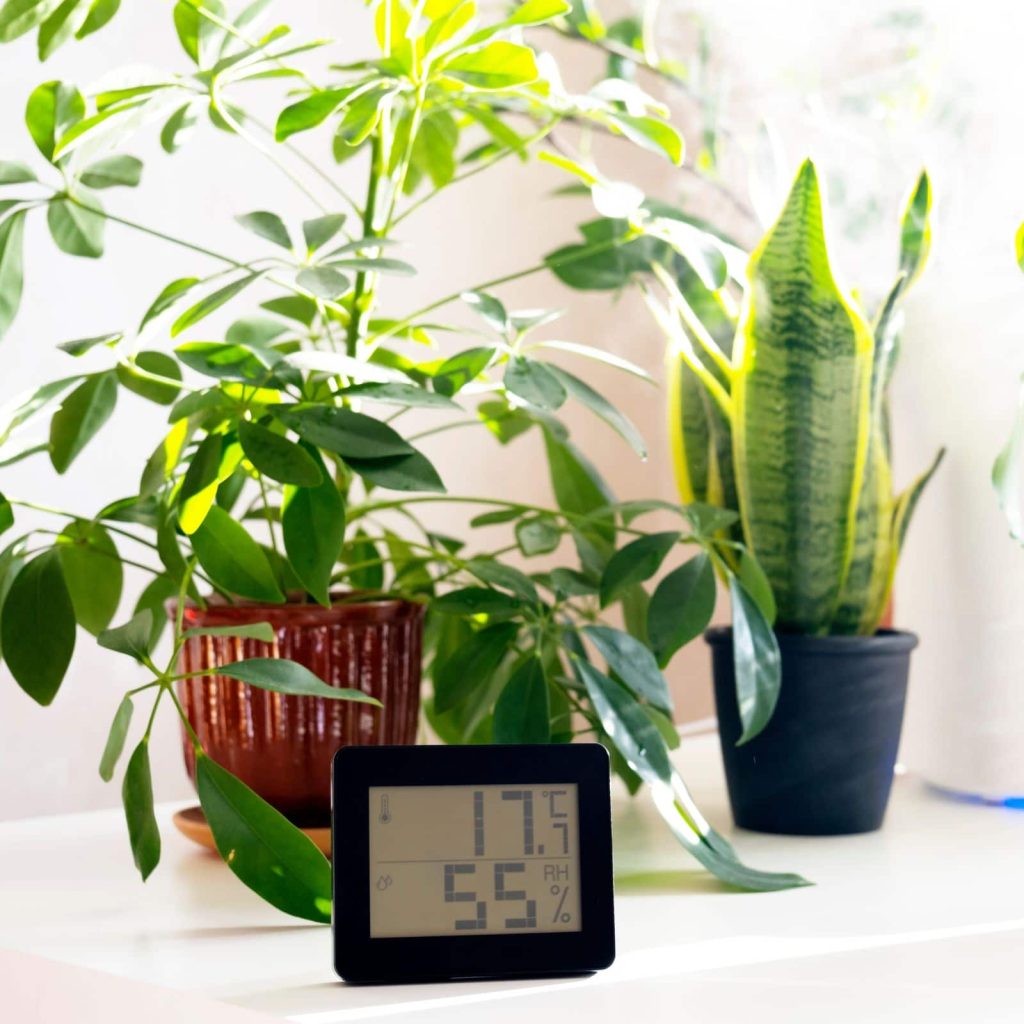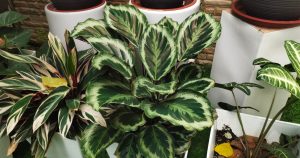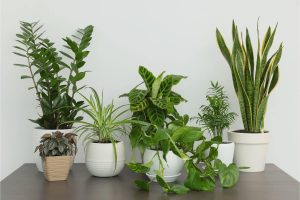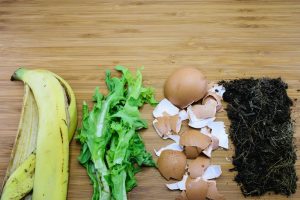Importance of Humidity for Plants: All You Need to Know
In this article, I will explain absolutely everything about humidity like the importance of humidity for plants and what happens when it’s high or low.
This is one of the variables that most confuses us when it comes to caring for indoor plants is humidity because although we can feel it, we cannot see it, which makes it a bit difficult to understand and control; as opposed to factors such as watering or lighting.
Table of Contents
What is humidity?
Humidity is the amount of moisture in the air. This amount of steam depends on many factors, such as if it has rained recently, if you are near the sea or a lake, if there are many plants outside and even the temperature of the air.

If the air is very cold, it has little water vapor because it saturates quickly and turns it back into liquid; that’s why when you breathe in winter you see smoke coming out of your mouth or nose. When the air is very hot, it can hold more water vapor and prevent it from turning liquid. This is why when you hang wet clothes on sunny days and with some wind, they dry very quickly but if it is cold or cloudy, the clothes take longer to dry or they do not dry out.
How Can You Measure The Humidity In Your Home
You can measure the humidity with a simple and cheap hygrometer that expresses the humidity in a percentage. For example, the ideal humidity in your home is between 50 and 60%. If you turn on the heating in winter, the humidity drops much lower, sometimes as low as 20%. And in the jungle, it can be between 60 and 90%!
Importance of Humidity for Plants
Plants are living beings that have processes that allow them to regulate themselves. Just as humans sweat through their pores in hot weather to regulate their temperature, plants evaporate water through their stomata to cool themselves and get rid of waste. This process is directly affected by temperature and humidity since the efficiency of water evaporation depends on the balance of these.
Too low humidity causes dry brown edges along with the leaf, limp or curling leaves and a pathetic plant. Plants with large flexible leaves are especially sensitive to this. Think for example of the Calathea or Alocasia.
This is because the leaf evaporates more moisture when there is little moisture in the air. The roots cannot supply it fast enough, causing the leaf to dry out. Don’t have a hygrometer? Then you can often see from your plants that there is too little moisture in the air; the brown edges are a good indication. Or if you suffer from a dry nose or sore throat in the winter in your home, that is also a clear sign.
What Happens When Humidity is High
If the humidity is high but it is cold, the plants will not be able to eliminate the water vapor. As this water vapor is concentrated in the plant, the roots stop absorbing water and nutrients because they no longer have space to do so. Something similar to what happens with wet clothes in the example: the air is saturated, so it cannot hold any more water vapor and the clothes do not dry.
What Happens When Humidity is Low
If there is little environmental humidity but the temperature is very warm, the plants will evaporate too much water; they will be like wet clothes that dry in no time. This will cause them to absorb more water through the roots to compensate for this loss, but by absorbing more water, they consume more nutrients. Excess nutrients will cause the tips of the leaves to burn, in addition to wilting the flowers and leaves. That is why the solution to low humidity can never be to water more because too humid soil not only offers an excess of nutrients but is the perfect space for the growth of fungi, mold, attracts pests and can cause rotting of the root.
But this is not the only problem. Photosynthesis, the process by which the plant processes its own food, stops when the plant is in an environment that is too dry. When there is little humidity, the plant closes the stomata because it loses too much water. And if you close the stomata, there is no absorption of CO2 and without CO2, there is no photosynthesis.
As if that were not enough, when the stomata are closed, excess heat does not escape from the plant, so its temperature rises and causes heat damage. This is evidenced when the plant turns yellow. This is a defence mechanism, in which the plant stops supplying the chlorophyll in the leaf because it can no longer do so due to the immense energy cost. The next step is the burned leaves, irreversibly damaged.
FAQs Related to Humidity for Indoor Plants
How to Increase Humidity for Indoor Plants
Here are a few ways you can use to increase the humidity for your lovely indoor plants:
- You can group your plants to create a microclimate.
- Mist your houseplants.
- Use a Humidifier.
- Put houseplants in your bathroom.
- Use A pebble tray
- Give them a bath or shower

Read this article on how to increase humidity for your indoor plants.
How to Decrease Humidity for Indoor Plants
Here are a few ways you can use to decrease the humidity of your indoor plants:
- You can ventilate the space.
- Water the plants very carefully. Avoid excess water.
- Move your plants to a drier location.
- Get a dehumidifier.
What is a good humidity level for indoor plants?
Many of our indoor plants originate from the tropical zone, so moisture in the air is vital to keep plants lush and healthy. The ideal humidity for most tropical indoor plants at 50-60% humidity. Cacti and Succulents originated from dry, desert locations. So they can survive in a low humidity environment.
What humidity is too high for plants?
Some indoor plants do best at a relative humidity of 60 to 80 per cent, a level that is often difficult to maintain in our home. But we do not recommend increasing humidity above 80%.




